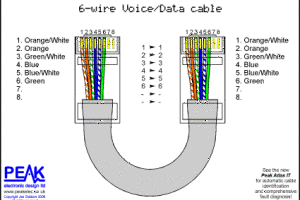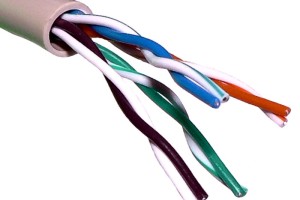Installing A Cable Network
Planning for the future is a huge part of successful structured cabling. Cable networks are applied these days to such a wide variety of situations, and it is important to have a realistic view of the future of the network you are working on. Using up-to-date, top-of-the-line technology will ensure that the network will last as long as possible before it needs to be updated. It is also important to consider the possible future growth of the network, and that of the residence, company, or business it is being applied to. If a small company is booming, and will need to move to a new location soon, the cabling outlook needs to be less towards permanence and more towards cost effectiveness. If a young family will probably be having another child soon, who might eventually have their own needs in the cabling department, it is important not to close off the possibility of said expansion. The consideration that labor will be the most pricey part of any cabling undertaking, it is a good idea to get as much done as possible all at once to avoid unnecessary return jobs.
#2 Pay Attention To Pre-exsisting systems.
While some networks function in settings besides buildings, most are built into fairly standard structures. These buildings often have pre-existing ventilation and electrical systems. If the building is already in use, there will be devices and systems that can create ‘noise’ and interfere with the network signal. It is necessary to be aware, particularly of electrical lines. If data cabling is run parallel to these lines it can degrade and even disrupt the flow of data alone the cable and cause the network to be inoperable. Be sure to check these systems and prepare a plan to work with them.
#3 Know and Follow the Codes
Just like all building and construction practices, structured cabling is engendered with various standards and regulations. State and federal laws must be followed, as well as local codes and ordinances. As many of this standardization has been put in place to ensure safety and to guarantee quality and function, it makes good business sense to educate oneself about them, and to mind them carefully. Cablers can be liable, both financially and legally for any mistakes on this front.
#4 Test Your Network
Making sure that your materials have been tested for quality and use is the first step. Once the network is up and running it is important to test the connectivity, the signal and frequency strength as well as giving the network a basic visual scan. Even if all the proper steps were taken in the installation or repair process, post-testing the work creates a clear report that the network is as it should be. Particularly if you are installing a new cable network, being able to guarantee that it is starting off working properly is the best gateway to client satisfaction.




